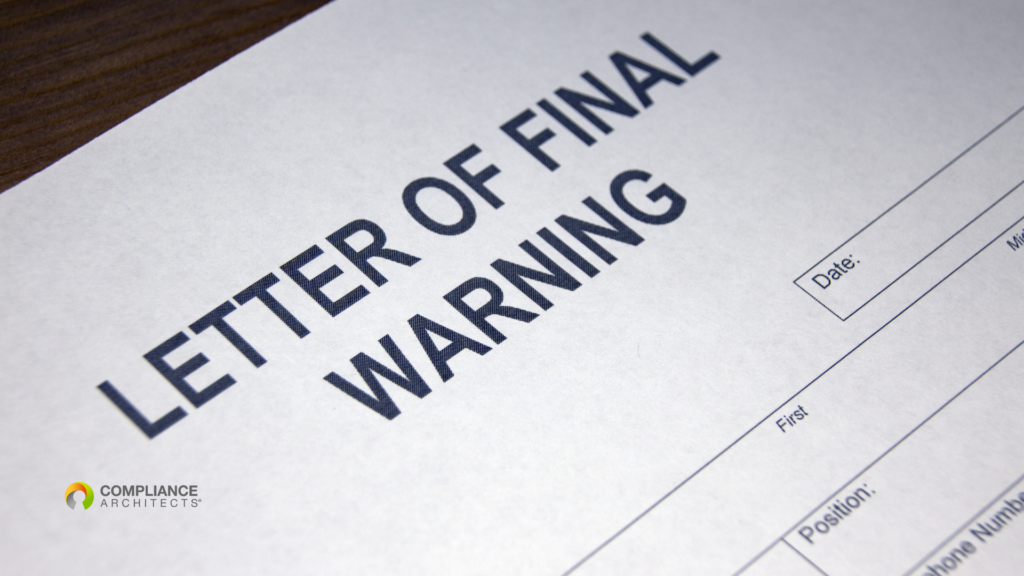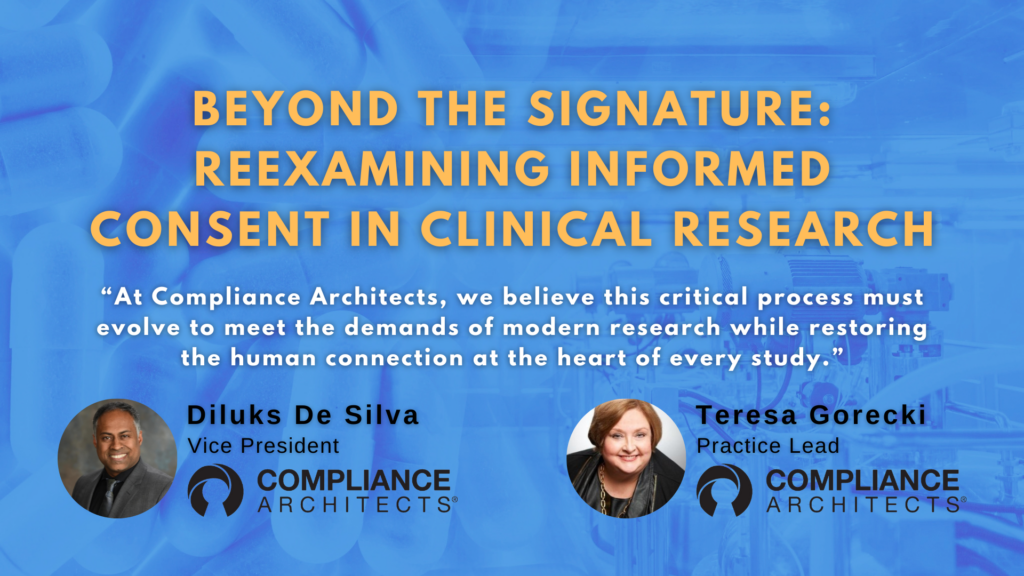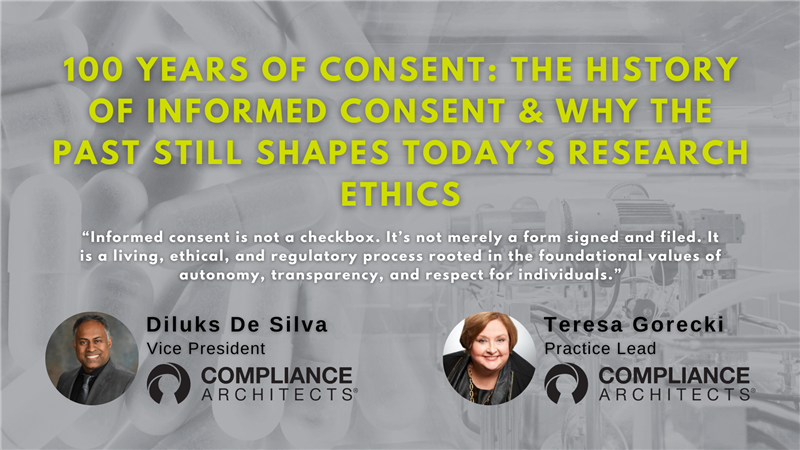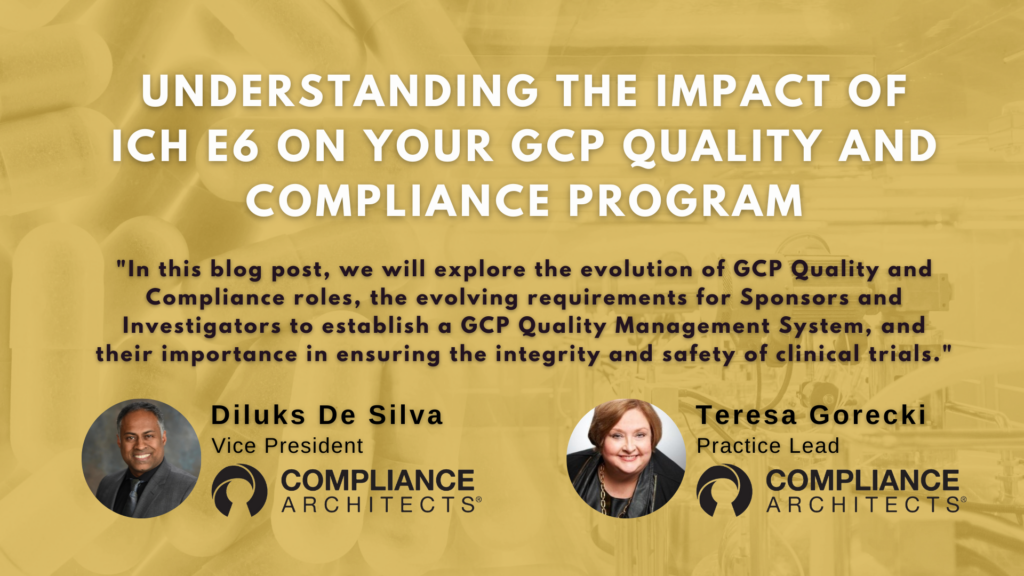Table of Contents
The New 15% Rule
Unfortunately, Warning Letters have become almost a feature of the medical device industry. Not only are they a feature of our beloved industry, but they have also spawned a cottage industry of consultants vying for help resolving them.

One key question usually asked of the quality folks involved in a warning letter situation is, “How much is this going to cost us?” Almost universally, the answer is, “No one knows, but it is going to be a lot.”
I have news for you: The cost of a warning letter will be a minimum of 15% of the sales of the business unit that received the warning letter.
That’s right. If you are a $400 million business, get ready to spend at least $60 million to resolve your issues. Oh, and if you are a $4 billion company, reserve $600 million for compliance remediation.
I am sure most people’s reaction to that is, “He is nuts; there is no way it costs that much.” So, let me tell you how I came up with that benchmark and what factors contribute to the cost of a warning letter.
By costs, I mean direct costs: the money that will be spent. I am not referring to all the indirect costs, like lost market share, reputational harm, and hiring difficulties. Note that I am also not including any fines that may be levied.
Here is how I arrived at that figure, how I tested it, and how it has proved to be incredibly accurate. I started my career at a company called Davol, a subsidiary of what was then CR Bard. CR Bard had the distinction of receiving a record $60 million fine from the FDA for GMP violations.
While there, I was just a quality engineer, so I had no real insight into the monetary cost of a warning letter; I just saw the organizational effects. But then, a few years later, I found myself at LifeScan, a Johnson & Johnson Company. I was now a manager (soon to be Director), had my MBA, and was far more attuned to the company’s business aspects.
When LifeScan got their Probation Agreement, they had sales of about $750 million. Prior to the agreement’s signing, it was business as usual at the company. But once the agreement was signed (and LifeScan paid an almost record $59 million fine), it was like a switch was thrown.
Suddenly, there were unfamiliar faces everywhere. We had folks from corporate overseeing everything and trying to help us figure out what we needed to do. They were supported by folks from white-shoe consulting firms like McKinsey, who also helped.
When all was said and done, our then-GM gave a talk at a J&J conference, placing the direct cost of remediation at about $125 million. For those checking my math, that is about 17% of LifeScan’s sales when the warning letter was issued. Interestingly, sales at the time he gave that talk were about $900 million.
After LifeScan, I spent some time in the pharmaceutical sector and eventually found myself at Cordis. Cordis had recently received the second-ever corporate warning letter from the FDA and was in the initial stages of resolving it. I was now an Executive Director and was on the management board of two of the businesses, so I was completely attuned to the business.
Long story short, when Cordis received their Warning Letter, they had between $3 and $4 billion in sales. The public figure they stated to resolve that one is around $500 million. So, somewhere between 13% and 17%.
Now we are on to Boston Scientific and their then-recent acquisition, Guidant: multi-billion-dollar companies, each with Warning Letters. While at Boston, I also had the task of being part of an acquisition of a company with around $400 million in sales. Without sharing specific sales details, I can tell you that for Boston and Guidant, the 15% figure was within spitting distance on the low end, and the 400 million dollar company pegged their final cost at $60 million.
So, now you know how I came up with my benchmark.
Now, let’s discuss how it can be such a shocking amount.
The Components of the 15% Rule
The four main things driving the cost of a warning letter are Systems, Consultants, Culture, and Time.
Systems
You only get a warning letter when you have an inadequate quality system. I can say without even knowing a company’s specific issues that, to get a warning letter, they probably have at least one of the following systems cited: Complaints, CAPA, Process Validation, or Change Control.
Each of these systems, individually, is complex and touches on multiple domains, so “fixing” them requires tremendous effort, focus, and support from the organization. Redesigning them requires tremendous learning and training as they are put back into service in their new form. There will also be the added issue that, with few exceptions, the new system will be more rigid than the one it replaces. This will require significant organizational adjustment (which we will cover in the culture section).
Most of these efforts result in the implementation of a new electronic system. That means the company must go through the entire process of identifying, qualifying, and implementing the system in a controlled and validated manner. That is not only organizationally taxing, it also usually requires consultants, which is our next point.
Consultants
A warning letter means your systems are inadequate, and it usually means your quality organization is also. Given this fact, you need a bridging strategy to navigate systemic and organizational transformations. That is the proper use for your consultants.
There are at least three levels of consultants. At the high level/billing rate, you’ll need experienced veterans to walk you through identifying all the issues not included in the warning letter so you can also get those remediated. They can then help you scope and size the efforts.
If they are good, they will also help you prioritize the efforts because trying to do everything simultaneously with the same priority level is an arduous task that rarely works. This level of consultant should also be able to help you with your FDA relationships by guiding you on responses and being with you in regulatory meetings as needed.
The next level are the experienced team leadership types who should be player-coaches. They should be able to help with strategy and get their hands dirty. They should be able to work directly with managers and directors to explain issues and resolve them.
Finally, you’ll have the workers. These are the folks who will review complaints, fill out CAPAs, and review Device History Records.
As I have laid it out, you can see the pyramid forming and why it is expensive. Using billing rates for these levels at $400/250/175 per hour and a 1-3-6 ratio for the levels as I’ve presented them (and this is a very light example), you are burning $2,200 an hour. That is around $90,000 a week or $4.4 million per year. Note that I lowballed the consulting rates.
You will have more than one pyramid, which will be weighed more towards the bottom, but you get the idea.
Culture
While easily overlooked, culture can be a significant cost driver. If senior leadership allows a culture of “we were picked on” or “this auditor was very picky,” then your effort will take longer and cost a lot more.
This is because the business will then assume a “what is the minimum we can do to get out of this” attitude, and your quality folks will be on an island fighting the rest of the organization the whole time. With the wrong culture in place, it will be viewed as a quality problem to solve.
On the other hand, if senior leadership sets the example by publicly accepting that the business needs to change and visibly supporting the efforts, then things should get to the right place much more quickly. If leadership does the right thing, then leaders from R&D and Operations will be directly responsible for overseeing aspects of the remediations.
Once this occurs, all organizations will begin to support one another collaboratively. They will share a unified commitment to resolving the issues and, by working together, will appreciate each other’s concerns.
Time
Time, or, more precisely, the lack of time, makes everything more difficult. Because you do not have the luxury of time, you need to get everything done on a tight schedule. This starts with your 15-day response time for the original warning letter and continues throughout the journey. In your letter, you will make promises.
Many of those will have dates. Those dates are now hard deadlines. Even if you don’t promise to complete specific tasks, you will certainly (if you are smart) make promises concerning periodic updates. Those updates will now drive activity because no one wants to send a note like “nothing happened here in the prior three months.”
Time will also drive the need for consultants. You will need experts in place quickly, and no company can hire and source the needed people as fast as it can get consultant “boots on the ground.”
Time is also why you will go through a period where the folks you do eventually hire come in at higher levels and at a higher cost than they did in the past. You won’t have time to train a CAPA engineer, so you’ll hire a Senior CAPA engineer—the same for a manager for process validations, design control, etc. You are in a high-stakes game now with no margin for error, so you’ll get a Senior Manager or Director.
Final Thoughts on the Cost of a Warning Letter
You know the cost of a warning letter—around 15%. Most folks reading this will be shocked. But if you’ve read through this far and, perhaps, lived through a warning letter or two, you know I am right.
I invite (and hope) folks who have insight into what it costs their companies to please post your comments on how close my benchmark came to your experience.
Contact Us
To learn more about the cost of a warning letter and the 15% rule, contact us by filling out the form below.





